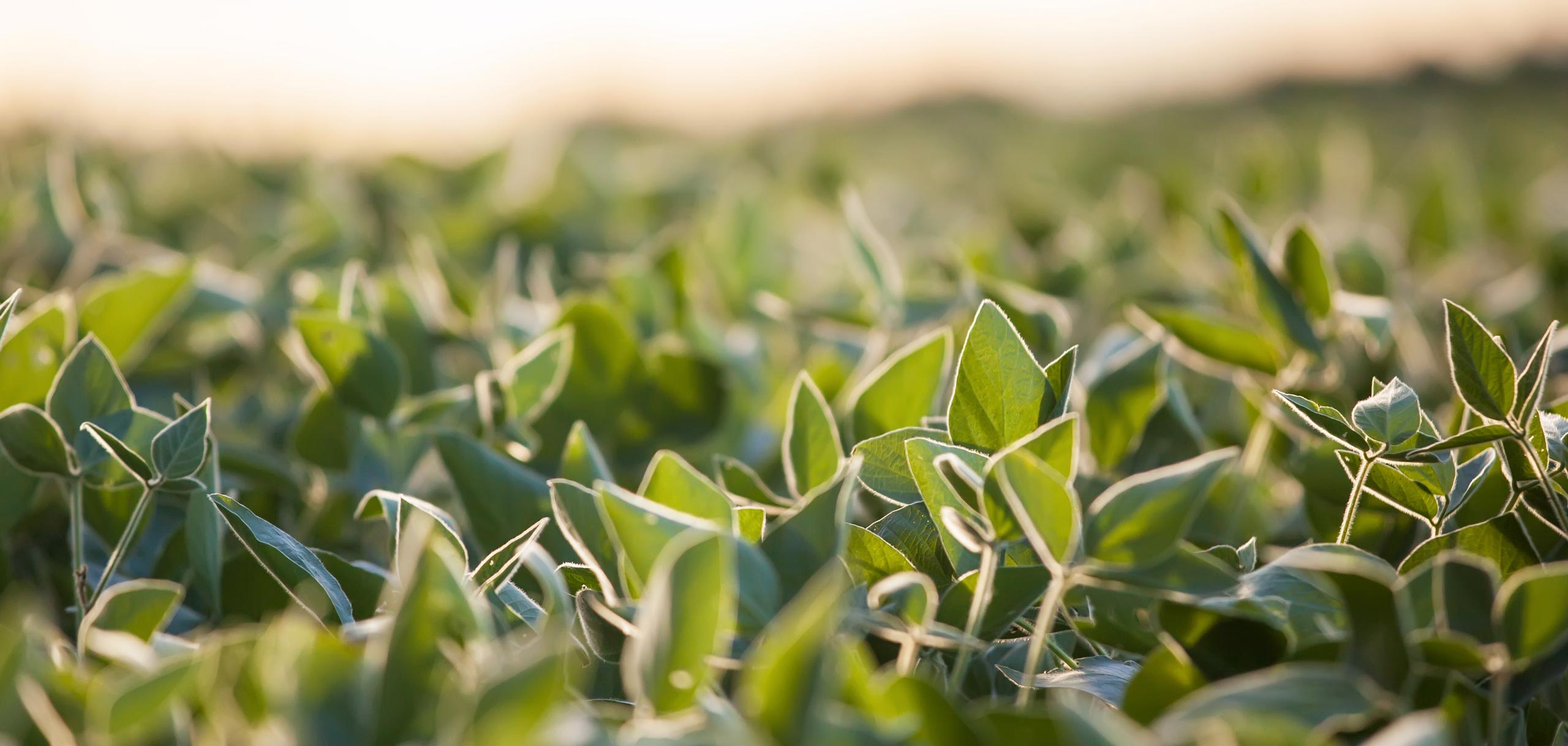U.S. Soy Grower Leaders Express Confidence in Southeast Asia, Welcome Farm Visits from Customers, Tout Sustainable Farming
- Category:
- General News

U.S. soybean grower leaders gave their thumbs-up and expressed optimism over the current trends taking hold of the Southeast Asian market and how these would translate to prospects for U.S. soy and grains, while extending an invitation to interested parties to visit their farms in the U.S.
Sharing their sentiments at the 11th Southeast Asia U.S. Agricultural Co-operators (ACC) conference in Danang, Vietnam, grower leaders pointed to the region’s robust economic growth of 5 percent on average for 2014 and rising animal production as factors driving demand for quality soybeans and other grains. As the net-exporting country with the highest soy yield and a strong crop forecast for the 2014/15 marketing year, the U.S. is poised to meet this growth in demand. “Mother Nature has been kind to us this year,” confirms Jim Sutter, USSEC CEO, in his welcome address to participants at the 11th ACC held August 26-29.
Sustainable Farming a Must
Randy Mann, a 4,000-acre Kentucky farm owner, represents some 2,080 U.S. soy farms in his capacity as USSEC chairman and American Soybean Association (ASA) secretary. For farmers, sustainable production is not an option but a necessity, given that farming is a family business that is passed down through generations, says Mr. Mann. He practices zero tillage and plans to hand his farm over to his son, currently a senior in high school but who is quickly gaining hands-on experience working alongside his dad on the farm.
Technology makes the use of sustainable practices possible by improving the efficiency of inputs, says Jim Call, United Soybean Board (USB) chairman. Mr. Call runs Call Farms near Madison, Minnesota, with the help of his wife, father and two sons. Yields for each hybrid can be tracked on each plot while variable rated inputs for seeds, fertilizers and crop protection enhance yield and crop gain. He estimates that the coming 2014/15 year will see the biggest harvest in a decade, barring any calamities.
A fourth-generation corn and soy farmer from northwest Iowa and previous USB chairman, Jim Stillman sets a goal for himself: his farmland should keep producing an even better crop than when he first started farming it. Having farmed GM varieties for 20 years now, Mr. Stillman attributes their use to the ability to farm more sustainably by achieving higher yield and better weed and pest control with less spray and other inputs. Above all, product reliability means that customers are assured of certain levels of protein and oil content in their soybeans, which translates to more efficient animal feeding and higher weight gain, and greater confidence for food producers.